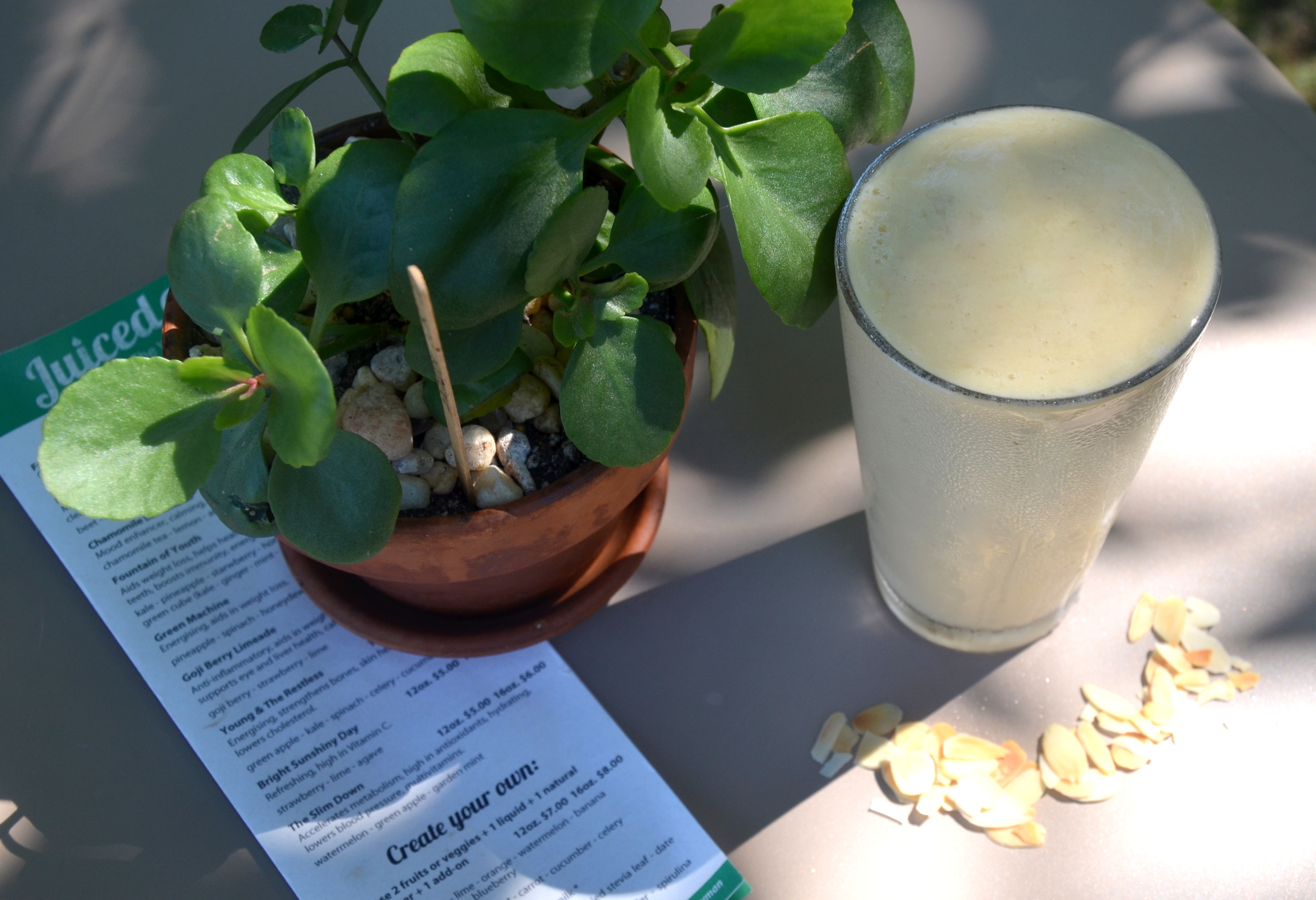
They’re a waistline-friendly snack known to boost heart health, but before you get carried away with a heaping handful, consider a few of the lesser-known facts about this beneficial bite.
Rather than a nut, the almond is actually the seed of a fruit that grows on an almond tree. The fruit of the almond is called a drupe. The fuzzy hull around the almond seed feels like a peach and that’s because peaches and apricots are family members of the almond. The outer hull is not consumed by humans and instead, used as a cattle feed all over the world.
Did you also know that the almond is a member of the rose family and is often called “the queen of the rose family”?
Almonds are reliant on bees for crop pollination. No bees, no almonds. There are around 30 varieties of almonds, but only 10 undergo production for consumption purposes.
The immature green almond can be preserved and pickled — some consider it a delicacy.
Recent sudies show almonds eaten mid-morning can help moderate your blood sugar throughout the day. Almonds are extremely high in magnesium, a mineral that most people don’t get enough of. High magnesium intake may have major benefits for metabolic syndrome and type 2 diabetes.
Low magnesium levels are strongly linked to high blood pressure, indicating that almonds can be beneficial for blood pressure control. Eating 1-2 handfuls of almonds per day can lead to mild reductions in LDL cholesterol levels.
Almonds are high in healthy monounsaturated fats, are a rich source of calcium, magnesium, vitamin E, dietary fibres, and vitamin B and are the biggest barrier against cardiovascular diseases and diabetes.
Almonds are high in antioxidants that can protect your cells from oxidative damage, a major contributor to ageing and disease.
Nuts are low in carbs, but high in protein and fibre. Studies show that eating almonds (and other nuts) can increase satiety and help you eat fewer calories.
Did you know that chocolate manufacturers use around 40 percent of world’s total almonds in making delicious and mouth-watering chocolates?
Raw almonds are among the lowest-calorie nut and guess what? It’s easy to make your own almond milk. The same milk that we are using in this week’s $5 ‘Peaches & Cream’ Juiced @ The Wicket special. The process essentially involves soaking almonds in water overnight or for up to two days — the longer you soak the almonds, the creamier the milk will be. Drain and rinse the nuts from their soaking water and grind them with fresh water. The resulting liquid, drained from the almond meal, is almond milk.
Real, fresh, very tasty almond milk is a game-changer!


